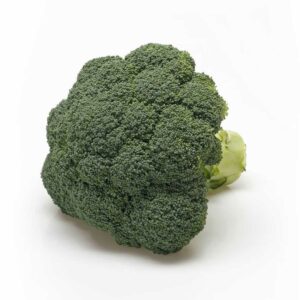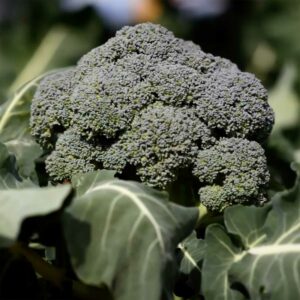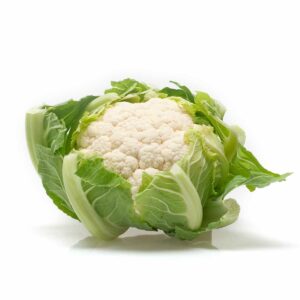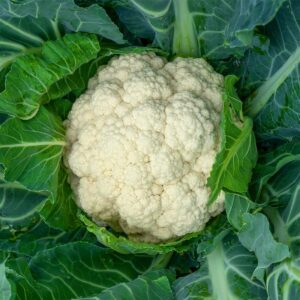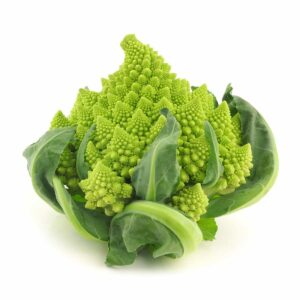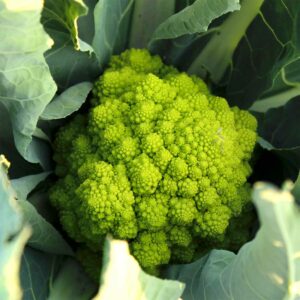Showing all 3 results
The Latin name for cabbages is Brassica oleracea, hence their characteristic smell, and the name could not be more accurate in describing these vegetables. This botanical family is composed of green cabbage, red cabbage, Brussels sprouts, cabbage, cauliflower, broccoli and Romanesco broccoli. Many nutritionists highlight their properties against cancer and other diseases.
Cabbages are characterised by having a central part called head that is consumed. In some of them, the edible part is the leaves (cabbages, cabbage and oriental mustard); in others, it is the flowers (broccoli and cauliflower) or the stems, as in the case of Brussels sprouts.
What is the origin of cabbage?
The origin of cabbage was in Europe, in the Mediterranean river basins, as this climate favours its growth. It is said that cabbage has been used since 2500 BC by the Egyptians as a natural remedy in the form of poultices. It is said to be one of the oldest vegetables. In Egypt it was used as a natural remedy to alleviate some illnesses, its leaves were used to alleviate the Egyptians’ ailments. Later its use expanded with the Greeks, Celts and Romans. In Rome it was quite important, being for a long time one of their main medicinal remedies. Among its properties, cabbage was said to be excellent for digestion and for relieving snake bites. The Romans increased its cultivation and it began to spread throughout the world.
Years later, the Europeans conquered America, bringing with them the use of cabbage as a medicinal plant to the new countries, making it an international vegetable.
Benefits of cabbage
As we have already noted, the benefits of cabbage are numerous. Since ancient times, its medicinal properties have been recognised and it was often used to cure illnesses. After years of research, many more benefits of eating cabbage have been found. We would like to highlight the following:
- They promote the care of the digestive system: Nutritionists recommend drinking fresh cabbage juice to cure colitis, gastritis and stomach ulcers. They have anti-inflammatory effects, which favours their application to prevent these ailments. Cabbages are depurative, remineralising and have disinfectant properties that help our digestive system.
- Cabbage helps to control anaemia, as its high vitamin C content helps to balance the level of iron in the blood. This also helps the liver and the renal system in general.
- These vegetables are low in calories, high in fibre and contain nutritional components such as calcium, potassium, vitamin C, among others.
- The composition of cabbage is 90 percent water, which helps to cleanse our body and keeps us hydrated.
Recipes with cabbage
Cabbage recipes are famous because they are part of the diet of many people who choose to eat healthy. They are most commonly served raw in salads, such as cauliflower or romanesco cabbage, as an accompaniment to meat, fish and other vegetables and dipping sauces. They can also be added to soups, broths and creams when they are served. Cabbages, kale or collard greens are more suitable for stews and broths. The different types of cabbage can be eaten lightly cooked (broccoli, romanesco cabbage...) and are excellent steamed, stewed or briefly sautéed. The ideal cooking time is 10 minutes, while if you prefer them to be more tender, they need to be cooked for 20 minutes to half an hour.
How to store cabbage?
The best way to keep cabbage in optimal eating condition is to store it in the fridge. For best preservation, we recommend washing the cabbage with fresh tap water and storing them in the fridge, you can use a plastic bag to put them in. We also recommend rubbing the cut part of the cabbage with a lemon after cutting it so that it does not oxidise so quickly and can be preserved for longer.

